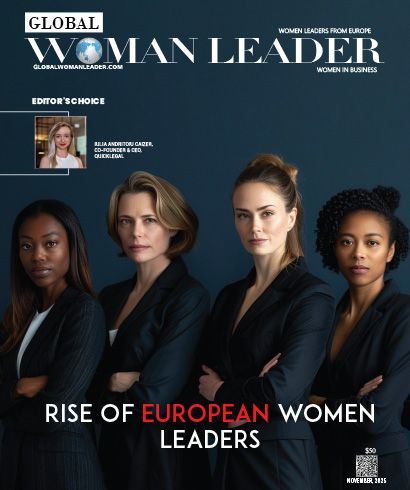- The gender gap by 2025 has narrowed to 68.8% globally
- Since the COVID-19 pandemic, this is the biggest annual improvement
- The report states that full gender parity will still be 123 years away despite the progress
The global gender gap has narrowed to 68.8 percent, the biggest annual improvement since the COVID-19 pandemic, the World Economic Forum's Global Gender Gap Report 2025 revealed on Thursday. Full gender parity remains 123 years away, however, if present trends persist. India's parity score stands at 64.1 percent and is now one of the lowest-rated countries in South Asia, having slipped two places to 131 out of 148.
Although women possess higher levels of education than men globally, they remain underrepresented among leaders; despite a workforce composition of 41.2 percent women, women occupy senior roles only 28.8 percent of the time. Less than one-third of women, even those with the greatest educational qualifications, occupy senior management roles.
Sue Duke, LinkedIn's Global Head of Public Policy, warned that the continuing decline in the level of leadership participation by women is alarming, especially considering shifting economic forces and the creation of artificial intelligence.
The report examines gender differences in four main areas: political empowerment, health and survival, education, and economic participation and opportunity. Drawing on data from 148 economies, which represent more than two-thirds of the world's population, it has inputs from organizations such as the ILO, UNESCO, WHO, World Bank, and LinkedIn.
Women are more likely than men to have career breaks, often for care work, in a reflection of the reality that careers are no longer linear, as stated in the report. Such gaps harm career progression in the long term. Global economic fragmentation and technological disruptions continue to be threats, especially for women living in weak economies.
In spite of the fact that formal employment is accessible to many women in poorer nations, these women remain at risk of shocks like trade disruptions, which tend to affect their quality of life in the long term. North America is at the lead in terms of gender equality with a score of 75.8 percent, followed by Europe with 75.1 percent due mainly to higher political empowerment.
Latin America and the Caribbean have progressed at the highest pace since 2006, followed by South Asia with a score of 64.6 percent, with Bangladesh in the lead for parity with a score of 77.5 percent. There was also a positive trend in Sub-Saharan Africa and Central Asia.
At 92.6 percent parity, Iceland has held the number one position in the world rankings for 16 consecutive years. Its closest rivals are Finland, Norway, the United Kingdom, and New Zealand. Each of the top ten nations has cracked the 80 percent barrier, and European countries have dominated since 2006.
The World Economic Forum's Global Gender Parity Sprint to 2030, which seeks to speed up policy changes and achieve economic growth while being inclusive, finds backing in the report. Gender equality is not just a social imperative but also a data-driven move toward more resilient and resilient economies, WEF Managing Director Saadia Zahidi emphasized.
Most Viewed
🍪 Do you like Cookies?
We use cookies to ensure you get the best experience on our website. Read more...
Copyright © All rights reserved. Global Woman Leader

.png)
